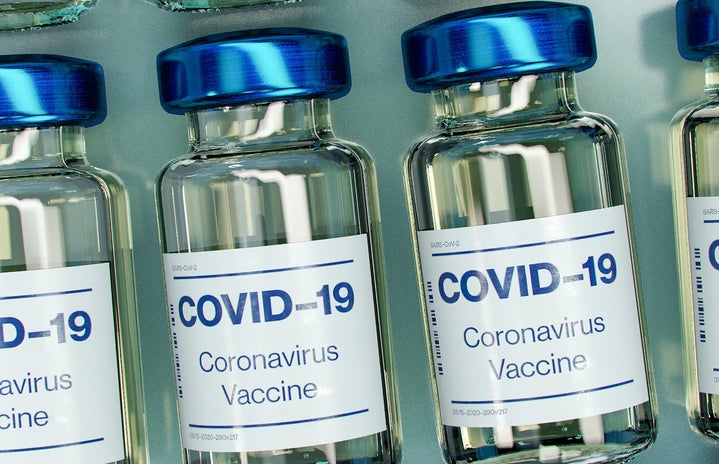At last, almost a year into the global COVID-19 pandemic, the vaccine rollout has begun. However, as many around the world have come to learn, this does not necessarily mean situations have gotten any easier. It seems as if it is a race against time with vaccine administrations versus restless populations, new variants, and crumbling economies. This next leg of the pandemic may be the hardest we’ve endured. It may also be the most rewarding. Let’s breakdown the progress and current climate of the pandemic by taking a closer look at the numbers, restrictions, and how countries compare.
Restrictions
Many countries have recently strengthened lockdown rules to a similar approach, or even stricter, as those put in place last March. Ireland has announced an extension of Level 5 lockdown until April 5th, with the highest level restrictions and only a handful of students allowed back in schools. Whilst second waves and progress in vaccines are taking place, the general consensus of governments is to hold tight until a clear roadmap to the end can be implemented. This type of roadmap was announced by Boris Johnson a few weeks ago, where all restrictions are aimed to be lifted by June 21st. Nicola Sturgeon has taken a less optimistic approach to end lockdown rules completely, extending a stay-at-home order until April 5th, and only announcing the possible partial lifting of rules in which all students can go back to school and a few households may mix. Both UK leaders have stated that reopening plans will only move forward as vaccination and COVID case level goals are reached. The United States may be one of the countries in the world that has the least intrusive lockdown rules, though the price of that is hitting half-a-million COVID-19 related deaths. The state of the United States may seem grim, but they have administered millions of vaccines and believe that they are just shy of herd immunity in places like Los Angeles.
COVID-Cases (Data observed here)
Although the United States may be at the top of its game with the number of vaccines administered to citizens, there are still a number of active COVID-19 hotspots within different states. California, New York, Washington State, Illinois and Florida are a few states that are still recording upwards of 1,000 active cases a day. Countries such as Mexico, France, Spain and Italy are still struggling as they battle second and third waves of the pandemic. Even as vaccines are being jabbed into the arms of many, growing numbers of strains and retired immunity of those who once had COVID-19 are leading to increasing numbers. Although vaccines are becoming available now for the general public in many countries, a recent global survey showed many people are skeptical about the vaccine and are not planning on receiving it. The highest number of people hesitant to receive a COVID vaccine came from France and Poland, which is a significant concern considering the alarming numbers of COVID cases both countries have reported, and the number of waves they have endured. This survey claimed that 70% of people need to be vaccinated in order for herd immunity to kick in. This means that those not wanting to receive a vaccine out of preference could not only prolong this pandemic, but also keep many people in danger of contracting COVID-19.
Vaccination Progress (Data observed here)
Israel is currently leading the world in the highest number of vaccines administered with 85 per 100 citizens now protected. This vaccination rate is significantly ahead of the rest of the world: the second-highest vaccination rate is a lot lower at 56 per 100 people in the UAE. It may be surprising to learn about which countries are greatly ahead or behind in the great vaccine race. Some countries that are considered ‘developed’ are not necessarily ahead in the vaccine rollout. Canada is a prime example of this, where only 3 per 100 Canadian citizens have received a vaccine, and only 1.3 million Canadians in total have received their first dose. This is particularly low in comparison to the United States, where over 60 million Americans in total have received a vaccine – that’s nearly double Canada’s entire population.
It is difficult to attain accurate numbers on rates of vaccinations in developing countries, although these numbers are of corse of equal importance. Many world leaders have vocalized the consequences if poor countries are short-changed on vaccine doses, including trillions of dollars lost in the world economic market, continued COVID-19 mutations, and additional years of this global pandemic.
There are facts that seem hopeful, and others that make it seem like we’re nowhere near the end of this pandemic. I, however, remain optimistic there is a clear path and a way out of the rubble that is COVID-19.
All facts were accurate at the time of writing.



